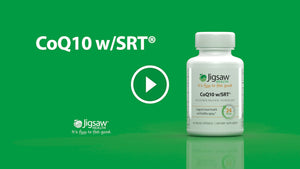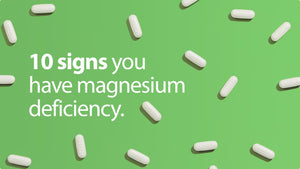Jeff Bradstreet, M.D.
David A. Geier, B.A.
Jerold J. Kartzinel, M.D.
James B.Adams, Ph.D.
Mark R. Geier, M.D., Ph.D.
A Case-Control Study of Mercury Burden in Children with Autism
ABSTRACT
Large autism epidemics have recently been reported in the United States and the United Kingdom. Emerging epidemiologic evidence and biologic plausibility suggest an association between autistic spectrum disorders and mercury exposure.
This study compares mercury excretion after a three-day treatment with an oral chelating agent, meso-2,3-dimercaptosuccinic acid (DMSA), in children with autistic spectrum disorders and a matched control population. Overall, urinary mercury concentrations were significantly higher in 221 children with autistic spectrum disorders than in 18 normal controls (Relative Increase (RI)=3.15; P < 0.0002). Additionally, vaccinated cases showed a significantly higher urinary mercury concentration than did vaccinated controls (RI=5.94; P < 0.005). Similar urinary mercury concentrations were observed among matched vaccinated and unvaccinated controls, and no association was found between urinary cadmium or lead concentrations and autistic spectrum disorders.
The observed urinary concentrations of mercury could plausibly have resulted from thimerosal in childhood vaccines, although other environmental sources and thimerosal in Rh (D) immune globulin administered to mothers may be contributory. Regardless of the mechanism by which children with autistic spectrum disorders have high urinary mercury concentrations, the DMSA treatment described in this study might be useful to diagnose their present burden of mercury.
-
Products
- Blog
- Videos
-
About
Jigsaw Health is a family-owned Nutritional Supplement company that was started by Pat Sullivan (father) and Patrick Sullivan Jr. (son) on April 19, 2005. Pat struggled on and off with recurrent, chronic health conditions for over 30 years. Low energy, struggle sleeping, gastro-intestinal problems, unbalanced mood, and more. All difficult to overcome. But along the way, he found answers...
- Contact
- Tickets






















